Kwinana Rockingham Mandurah Branch, 23 March 2025
Our March outing to Lake Mealup was well attended, and it was a beautiful morning. For many in our group, this was their first visit to the property owned and cared for by the Lake Mealup Preservation Society. Thankfully, Heather Adamson was available to open the gate, so we were able to drive into the parking area. On the drive-in, we spotted two Emus in the fenced area to the right of the track.
From the meeting area, we made our way to the boardwalk leading to the bird hide overlooking the larger two lakes on the property. Water levels were higher than we expected, considering that there had been a hot summer with very little rainfall, and, consequently, there was no beach area suitable for smaller waders. Out on the lake, we spotted a large group of Musk Ducks and a few Hoary Headed Grebes just out from the hide, while on the far side, we spotted Yellow-billed Spoonbills, Black Swans, Australasian Grebes, a White-faced Heron and Australian Shelducks. An Australasian Darter, a White Ibis, Little Pied Cormorants, Little Black Cormorants, and a Pelican were spotted flying over the lake. A juvenile, White-bellied Sea-Eagle soared over the lake towards the bird’s hide, causing some excitement for those still at the hide at the time; it is always great to see these magnificent birds. A smaller raptor, probably a Whistling Kite, was also spotted far over the lake. In the vegetation near the bird hide, we saw Silvereyes and Inland Thornbills, while Dusky Woodswallows were active above the lakeside vegetation.
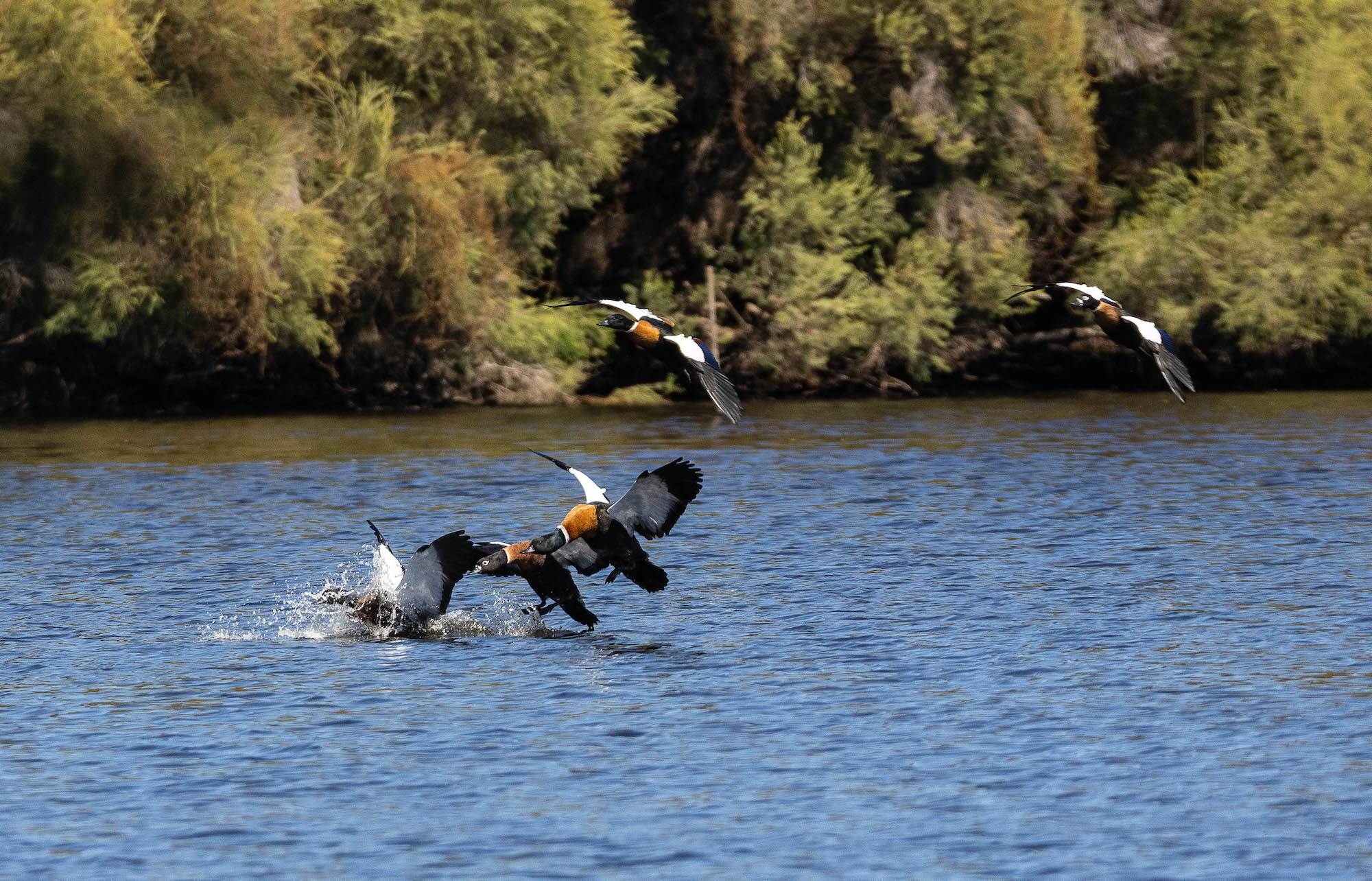
We then moved away from the boardwalk and approached the smaller lake. Alongside the track, Marri trees were in flower, and it was noticeable from the flowers of younger trees that were closer to ground level that the flowers were proving very attractive to insects, including Plasterer Bee – (Hylaeus ruficeps ssp. kalamundae), a Megachile sp. Bee and Wedge Grass Skipper Butterflies (Anisynta sphenosema). Other invertebrate sightings included a Slender Ringtail Damselfly (Austrolestes analis) plus a garden Orb Weaver spider (Hortophora sp.) spotted wrapping up a fly caught in its web hanging near the lakeside paperbarks.
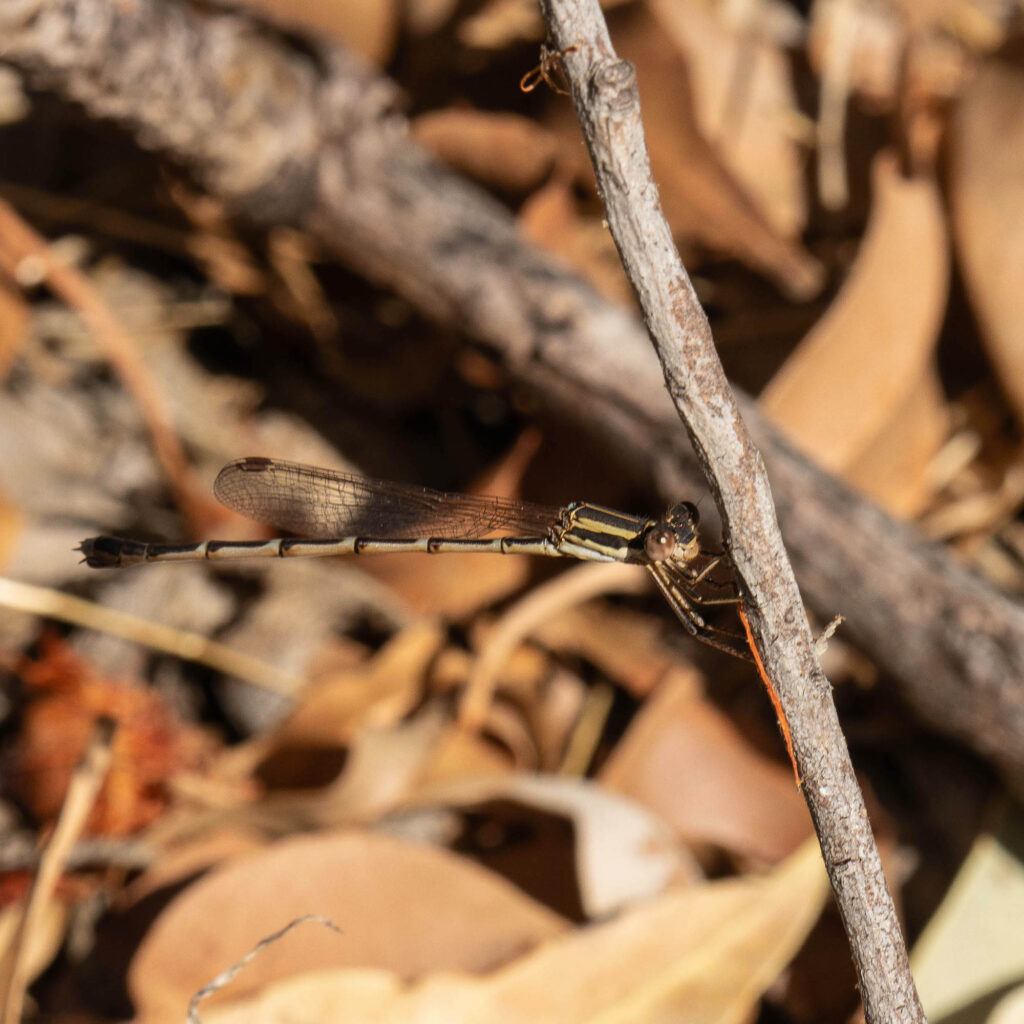
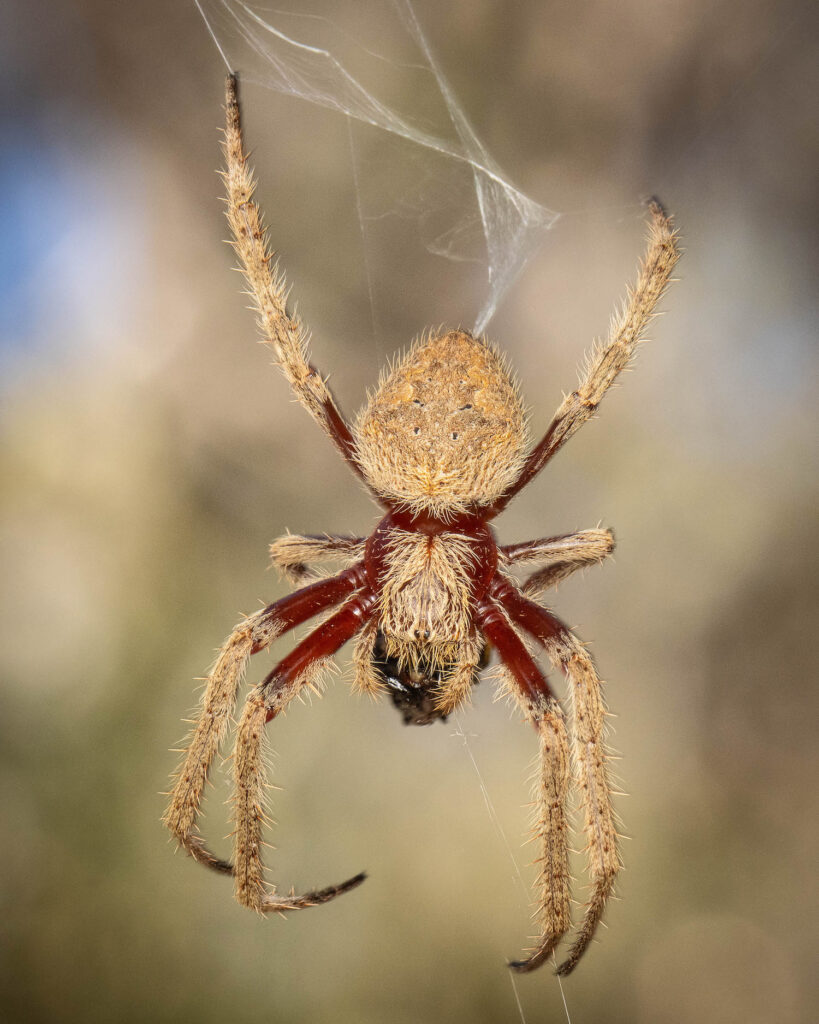
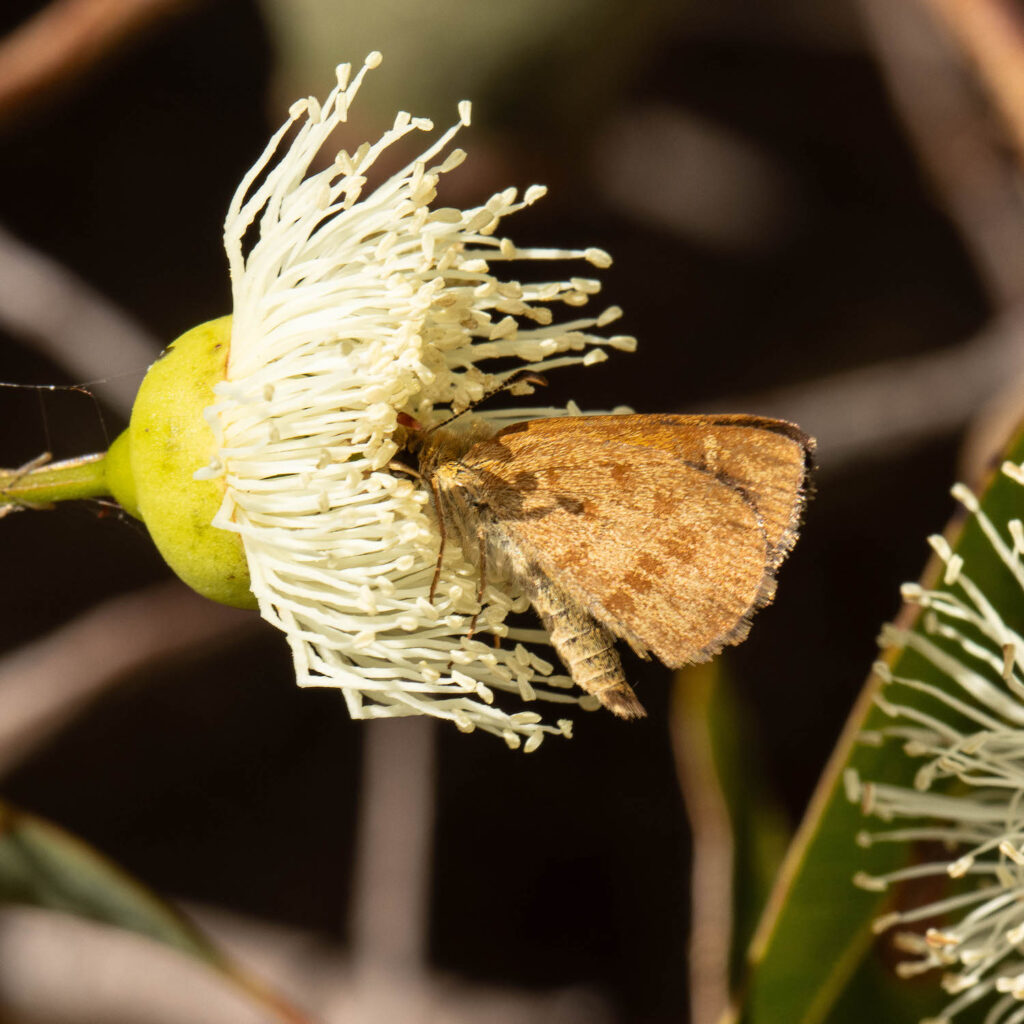
Along the track, more bird species were added to our list, including Australian Ringnecks, Western Gerygone, Australasian Pipit, Grey Butcherbird, Black-faced Cuckoo Shrike, Kookaburra, Grey Shrike Thrush, Willie Wagtails, Welcome Swallow and Mistletoe Bird. The vegetation around the small lake made it difficult to get close to the water, which also had higher-than-expected water levels. It had only Grey Teal and Australasian Shelducks present.
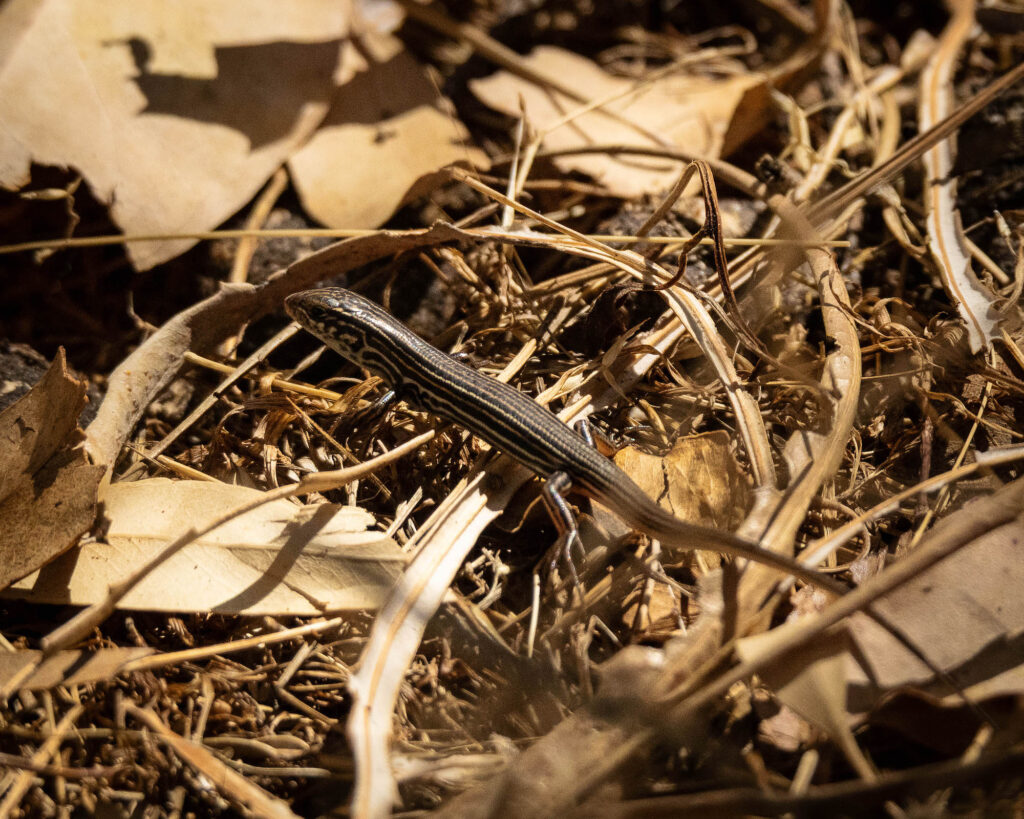
Several small skinks were spotted moving quickly in the leaf litter surrounding the small lake. One stopped long enough for me to get an identification photograph. It was an Odd-striped Ctenotus (Ctenotusimpar). The only other reptile spotted was a Fence Skink on a fallen tree trunk.
We returned to the meeting area from the small lake for morning tea. It had been an enjoyable morning, with 35 bird species recorded, plus many invertebrate species found by Daniel and uploaded to iNaturalist.
Colin Prickett

